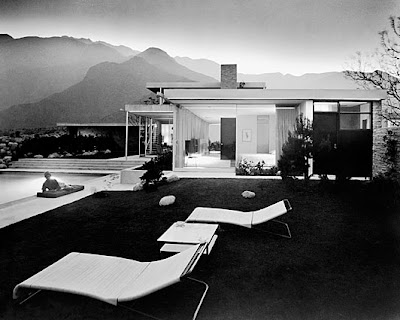
Dog Barn
 Heart Box
Heart Box
If green roofs are good for the house, why not the doghouse? Well, maybe. We came across
this article in the Los Angeles Times, Home and Garden section today. The article provides instructions for building your own sustainable doghouse with a rooftop garden. This
press release we found indicates that even Bo Obama is getting one. His is being donated and uses only reclaimed materials.
The designs above, and Bo's dog house, were created by landscape architect Stephanie Rubin and her partner, sculptor Chris
Isner. Their designs for both dog and bird houses and can be found
here. The prices for the dog house designs span from $1,000 to $4,000, depending on Fido's size. Not pricey,
if you live in the posh
Brentwood neighborhood in Los Angeles, where the dog houses are popular, maybe as yard props.
We did wonder if folks have dog houses in the yard anymore. Aren't the dogs all laying on the couch in a nice air conditioned house, with their luxury Whole Foods vegan pet food and Godiva "dog bones"? But, we thought we should pass this news along to help our readers remain on the leading edge of the sustainable pet movement. Thanks to this idea, it may not be so bad anymore for someone who is "in the dog house."We feel certain there's a little beer cooler in there.
 Declared unacceptable: A huge yellow sign spelling out “United States”
Declared unacceptable: A huge yellow sign spelling out “United States”






































